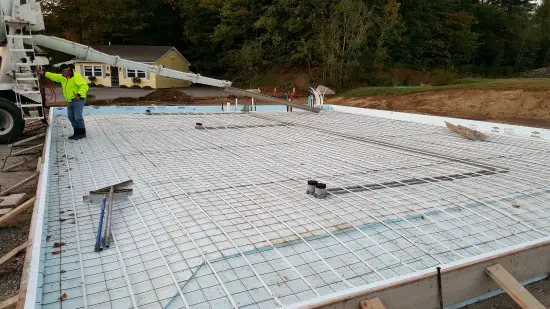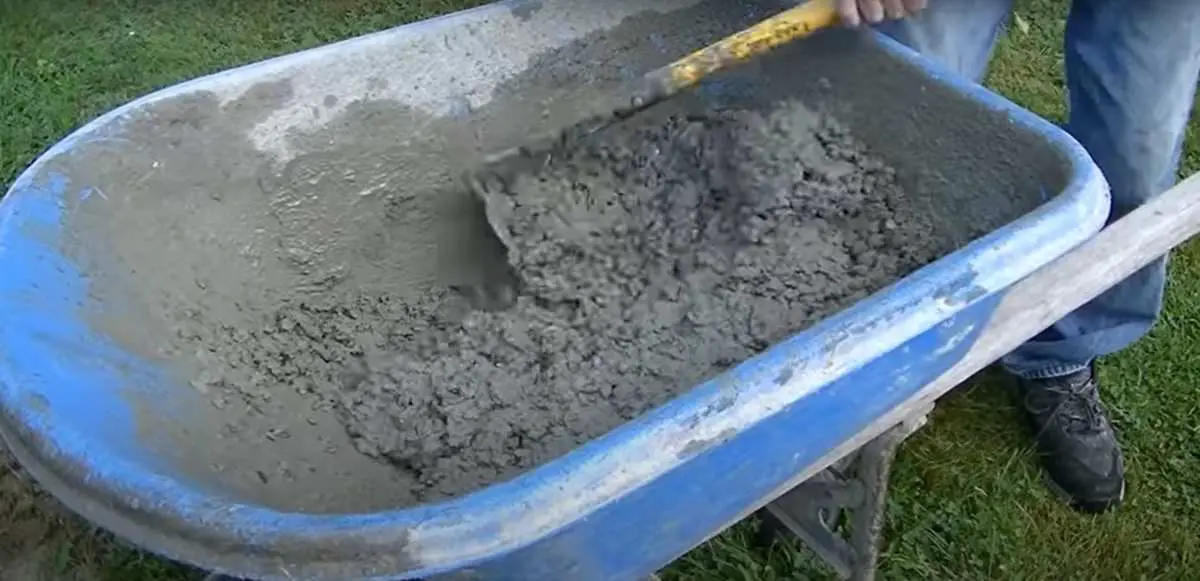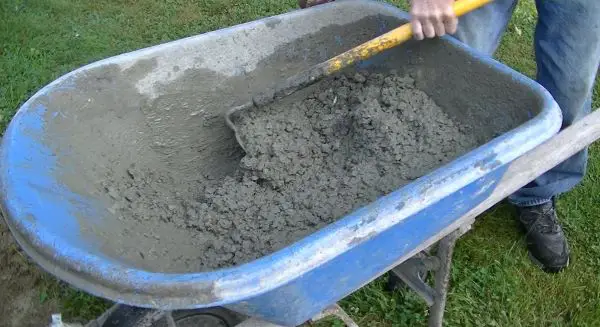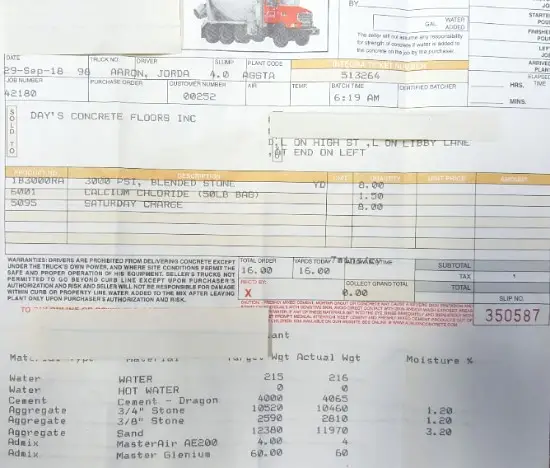Concrete gasification wood burner
by Brian
(Hopkins Mi usa)
Q. What kind of concrete mix would I need to withstand 1500-2000 degrees? Or is there something you can do to concrete to withstand that much heat?
A. The mechanism behind heat-induced spalling is fairly simple. When concrete is exposed to temperatures above 212 degrees F, the boiling point of water, the moisture in the concrete turns to steam. If the temperature rises more rapidly than the steam can escape through the concrete matrix, the rising pressures exceed the strength of the concrete and it begins to spall. This spalling can be explosive in extreme cases.
The effects of fire on concrete are greatly influenced by the type of coarse aggregate used. Concrete containing carbonate aggregates (including limestone and dolomite) and lightweight aggregates (either naturally occurring or manufactured by expanding shale, clay, or slag) retain most of their compressive strength up to 1200 degrees F. However, concrete containing siliceous aggregates, such as granite, quartzite, schists, and other materials consisting largely of silica, retain only about 55% of their compressive strength at 1200 degrees F.
At higher temperatures (above about 800 degrees F), high-heat-resistant concrete is generally needed. Light-weight aggregates have proven to be more heat resistant and so that is the first step--use lightweight. When temperatures get extremely high, (above 1000 degrees F), calcium aluminate cement produces a fire-resistant concrete.









